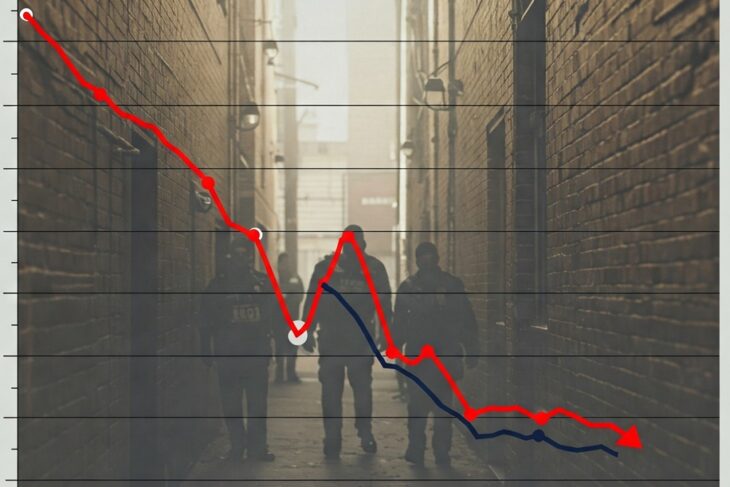
Caveat. Your columnist is not a trained economist.
There are significant numbers of the private sector in Jamaica, of which your columnist is a member, who have complained of a shortage of labour and who increasingly are making demands on the Government of Jamaica (GOJ) for work permits to import labour to meet their business needs.
The first set of facts are that the April 2023 Labour Market Survey reveals an unemployment rate of 4.5%. Additionally, it reports that there are 725,000.00 persons outside of the labour force. These 725, 000 persons ( the “725 -class”) do not count in the employment/ unemployment numbers. They are not actively seeking jobs/employment.
The second set of facts relate to pay. The current minimum wage in Jamaica is J$13,000.00 per 40 hours week. At an exchange rate of US$1.00: J$155.00 this amounts to US$83.87 per week. Is this a reasonable rate? Will it attract members of the 725 class to seek work? Will it attract foreigners?
A comparison of minimum wage rates with some of our sister Caricom countries may be useful.
In Barbados the minimum wage is Bds$ 8.50 per hour for a 40-hour week. This amounts to Bds$340.00 per week or US$ 170.00 per week
In Trinidad & Tobago the minimum wage is TT$ 17.50 per hour for a 40-hour week. This amounts to TT$700.00 per week or US$ 107.00 per week
In Antigua the minimum wage is EC$ 9.00 per hour for a 40-hour week. This amounts to EC$360.00 per week or US$133.20 per week
In Guyana the minimum wage is Guy$60,147.00 per week. This amounts to US$288.70 per week.
In summary, a worker working the same 40 hours per week earns in US Dollars as follows in the following countries:
Jamaica $83.87
Barbados $170.00
Trinidad $107.00
Antigua $133.20
Guyana $288.70
Jamaica is a low wage country. Low wages are a dis-incentive to members of the 725-class joining the labour force. The cost of living, although an index that is relevant to the overall analysis, is not that critical. The same loaf of white bread that costs US$1.92 in Jamaica, costs US$2.67 in Antigua and US$0.39 in Guyana. The Guyanese worker is clearly far better off.
Jamaica is replete with stories of workers who earn the minimum wage who essentially have nothing left from their wages after transportation and lunch costs have been deducted from their income.
Jamaica is a country with relatively high levels of remittances. In 2022 remittances amounted to US$3.44 billion. In the period January to July 2023 the total remittances were US$1.9 billion.
A member of the 725 class in Jamaica who importunes a different relative or friend overseas each week over an eight week period for US$100.00 is significantly better off. His J$ 15,000.00+ gives him more than the minimum wage. He has neither transportation nor lunch expenses. He has loads of free time and can be seen walking his child home from school somewhere around 200pm each day. Economic self-interest trumps a low minimum wage. It is my view that an economy such as ours that is based on a low wage model, will always have the labour challenges that we have.
Work for low wages is a dis-incentive.



